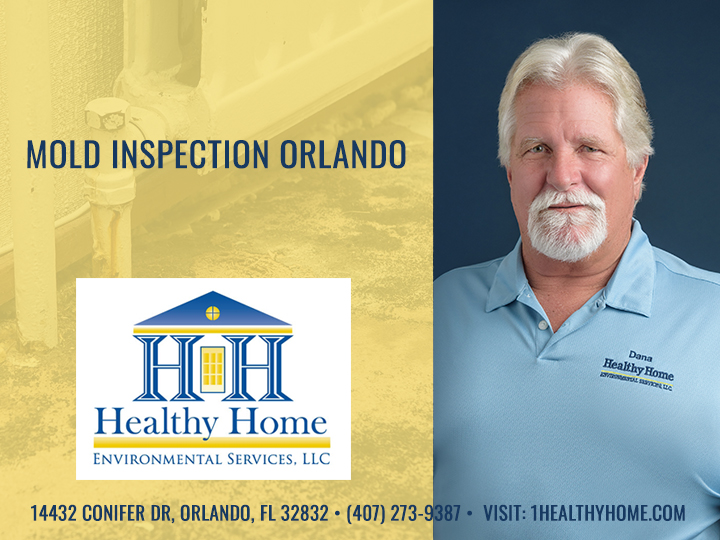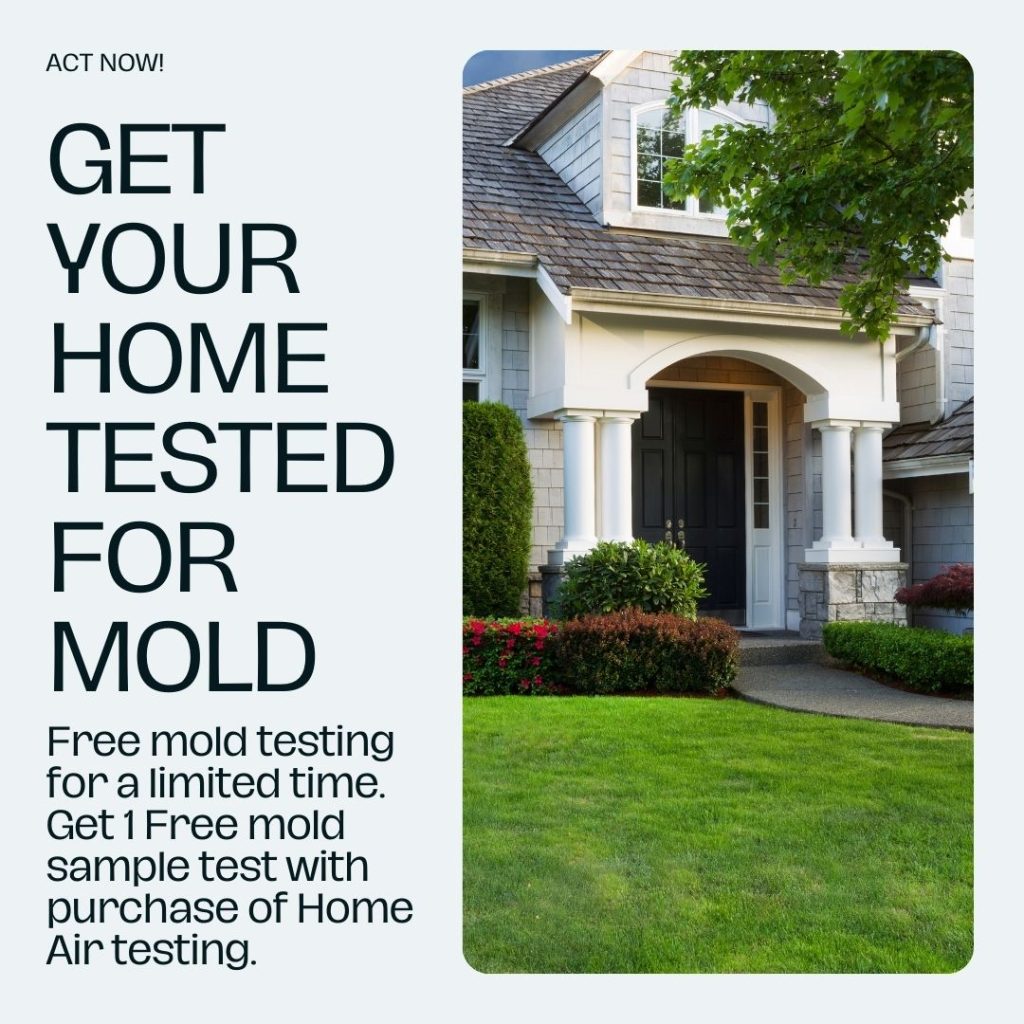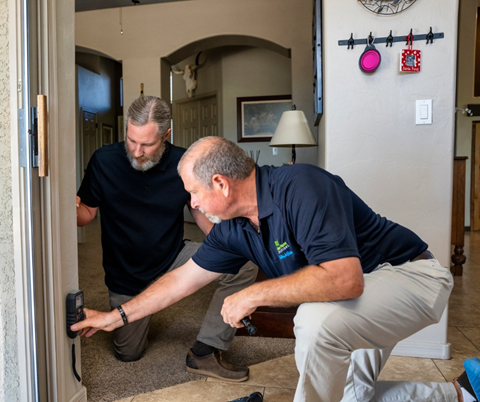Discover the Benefits of Specialist Mycotoxin testing Services Today
How Mycotoxin Screening Assists Protect Against Contamination and Guard Food Products

Mycotoxin screening is an indispensable method in the food industry, acting as a frontline protection against contamination by unsafe toxic substances generated by molds. Through the application of sophisticated strategies like High-Performance Liquid Chromatography (HPLC) and Liquid Chromatography-Mass Spectrometry (LC-MS), food manufacturers can properly evaluate and identify mycotoxin levels in agricultural items. This aggressive approach not only makes certain compliance with stringent security policies however also mitigates health risks to customers. In addition, regular screening fortifies brand name track record and financial health and wellness by decreasing contamination-related incidents. So, how precisely do these screening procedures incorporate into the more comprehensive food security method?
Understanding Mycotoxins
Comprehending mycotoxins starts with identifying that they are toxic second metabolites created by particular molds, which can infect agricultural products. These metabolites are not important for the development or reproduction of the fungis but can have serious effects for human and animal wellness. Mycotoxins are generally found in staple plants such as corn, wheat, barley, and nuts, where they can proliferate under certain conditions of wetness and temperature.
There are numerous kinds of mycotoxins, each created by different fungal types. Aflatoxins, created by Aspergillus types, are among one of the most infamous, known for their carcinogenic residential properties. Another considerable team includes ochratoxins, produced by Aspergillus and Penicillium varieties, which have nephrotoxic results. Fusarium species create fumonisins and trichothecenes, both of which are associated with various severe and persistent wellness issues.

Risks of Mycotoxin Contamination
The dangers of mycotoxin contamination are multifaceted, presenting significant dangers to both food safety and public health and wellness. Mycotoxins, poisonous substances generated by particular sorts of fungis, can contaminate a wide range of farming products consisting of cereals, nuts, flavors, dried fruits, and coffee. Once these contaminants penetrate the food supply, they can lead to serious wellness problems such as liver damage, kidney failing, and also cancer. Prone populations, consisting of children, the senior, and immunocompromised individuals, are particularly in jeopardy.
Economic impacts are an additional significant worry. Infected crops can lead to significant financial losses for farmers and food producers due to minimized returns and the demand for pricey purification actions. Additionally, global trade can be substantially prevented as nations impose strict mycotoxin regulations to safeguard their populaces, leading to rejected deliveries and stretched profession relationships.
Ecological factors such as environment adjustment exacerbate the threat of mycotoxin contamination. Variants in temperature and moisture can produce favorable conditions for fungal development, raising the possibility of contamination occasions. Therefore, understanding and mitigating these threats are vital for making certain the security and honesty of global food products.
Approaches of Mycotoxin Examining
Precisely identifying mycotoxin contamination in farming products is important for securing public health and visit homepage keeping food safety standards. Different approaches are used to find and evaluate mycotoxins, each offering certain benefits and constraints.
High-Performance Fluid Chromatography (HPLC) is a commonly made use of technique as a result of its high sensitivity and accuracy. It involves dividing mycotoxins from other compounds in an example, making it possible for exact quantification. Liquid Chromatography-Mass Spectrometry (LC-MS) incorporates fluid chromatography with mass spectrometry to offer in-depth molecular info, making it specifically helpful for recognizing multiple mycotoxins all at once.

Gas Chromatography-Mass Spectrometry (GC-MS) and Thin-Layer Chromatography (TENDER LOVING CARE) are additionally employed, each with unique applications. GC-MS works for unstable mycotoxins, while tender loving care supplies a less complex, cost-efficient option for initial testing.
Benefits of Normal Checking
Regular screening for mycotoxins in agricultural products provides many benefits, dramatically contributing to public wellness and food safety and security. By identifying contamination early, routine screening helps stop the circulation of toxic foods, therefore minimizing the risk of mycotoxin-related ailments among consumers. This proactive method not only safeguards human health and wellness however likewise boosts the general quality of food products.
Regular testing additionally supports regulative compliance. Various nations and regions have developed strict limitations for mycotoxin degrees in food and feed. Abiding by these restrictions via routine testing ensures that manufacturers and vendors fulfill lawful standards, thereby staying clear of charges and profession barriers. Furthermore, maintaining compliance cultivates consumer trust fund and brand credibility, which are crucial for market success.
Additionally, regular mycotoxin testing can result in considerable financial benefits. Early discovery of contamination permits for prompt intervention, decreasing prospective losses from prevalent contamination. Executing normal testing methods can likewise lessen recall expenses and associated obligations, which can be monetarily ruining.
In addition, routine testing provides valuable data that can inform far better agricultural methods and storage conditions. By recognizing patterns of contamination, producers can take on safety nets, consequently reducing future threats and adding to the sustainability of the food supply chain.
Carrying Out Checking Methods
Applying reliable mycotoxin screening methods is critical for making certain the security and top quality of agricultural products. Developing a durable testing framework entails numerous essential actions, beginning with the recognition of prospective contamination factors within the manufacturing and supply chain. This includes pre-harvest, post-harvest, storage, and distribution phases. Each stage needs to be inspected to identify where mycotoxin contamination is most likely to occur.
When critical control points are determined, choosing ideal testing methods is crucial. Common strategies consist of enzyme-linked immunosorbent assay (ELISA), high-performance liquid chromatography (HPLC), and mass spectrometry (MS) Each technique has its weak points and strengths; hence, selecting the right one depends on the specific mycotoxin being tested, the required level of sensitivity, and available resources.

Last but not least, incorporating the testing methods into a comprehensive food safety administration system is advisable. This boosts traceability and enables swift corrective activities when contamination is detected, thus guarding the integrity of the food supply chain.
Verdict
Mycotoxin screening is crucial in avoiding contamination and safeguarding food supplies by making it possible for early discovery of harmful link toxic substances generated by mold and mildews in farming products. Regular testing improves brand name credibility, economic stability, and trust fund in food safety by reducing contamination-related losses and maintaining high requirements in food manufacturing.
Mycotoxin testing is an important method in the food industry, offering as a frontline defense against contamination by hazardous contaminants created by mold and mildews. An incorporated method entailing agricultural practices, storage space administration, and regular screening can minimize the risks connected with mycotoxin contamination, ensuring food safety and security and public wellness.
The threats of mycotoxin contamination are multifaceted, posing substantial threats to both food security and public wellness.Normal screening for mycotoxins in agricultural items provides many advantages, dramatically contributing to public health and food safety.Mycotoxin testing is necessary in avoiding contamination and guarding food products by making it possible for very early discovery of unsafe contaminants generated by molds in farming products.